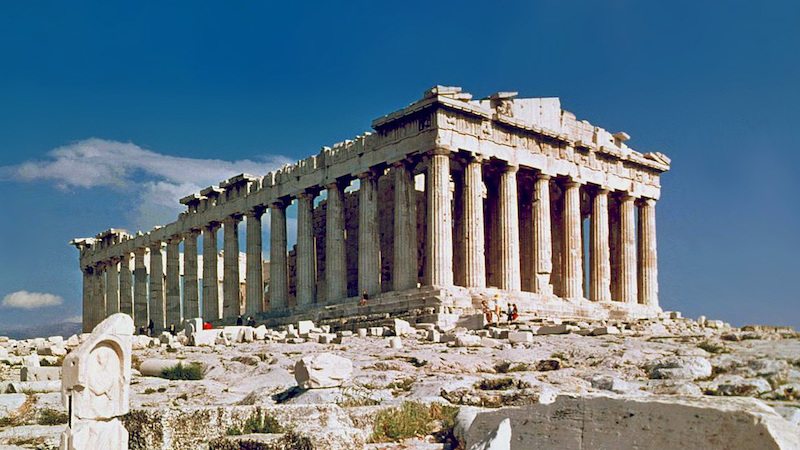Ancient Mediterranean Architecture
Episode #2 of the course “Brief history of architecture”
The ancient peoples who sailed and traded on the Mediterranean Sea both exchanged ideas and competed to surpass one another. Over an approximate 3,500 years, architects of Egypt, Greece, and the Roman Empire in particular drove building structures to become more durable, more beautiful, and more elaborate. Two classic Mediterranean architects include Iktinos and Kallikrates, who designed the Parthenon in Greece.
Ancient Egypt was one of the first societies that enlarged cities out of smaller towns and villages. Using durable construction from mostly local materials for everyday buildings, the Egyptians have been known throughout history for their monumental palaces, obelisks, and kings’ tombs. Generally referred to as “the pyramids,” these marvels of the ancient world were carved from stone but represented a new era in human engineering and architecture.
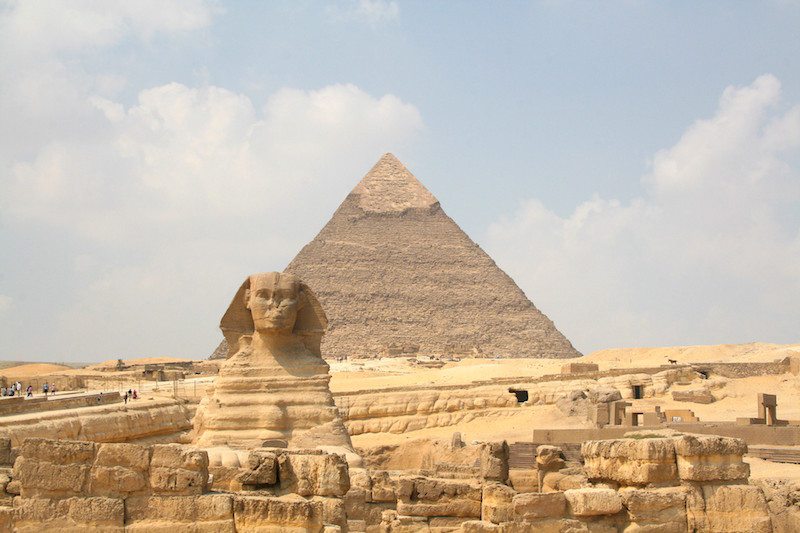
Great Sphinx of Giza, Egypt
Beginning around 700 BCE in another part of the Mediterranean, the most common identifiable Greek structure was the temple. Greek architects perfected the system of columns that held up the ceilings of these large, often religiously-purposed buildings. By the end of the peak of Greek architectural style, the column had transitioned from Doric to Ionic to Corinthian, each becoming more elaborate. Temples were complicated and impressive from the outside, while the design remained plain on the interior. Greek temples were often also entirely made of heavy, carved stone.
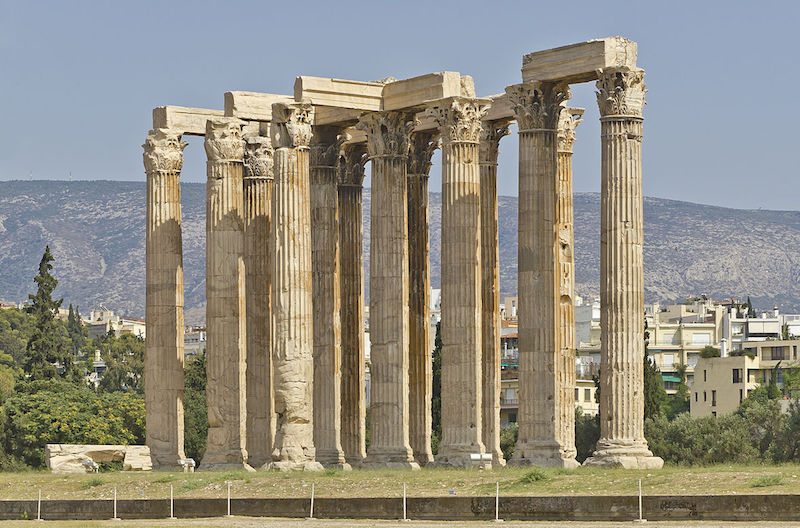
The Temple of Olympian Zeus, Athens, Greece (the Corinthian Order)
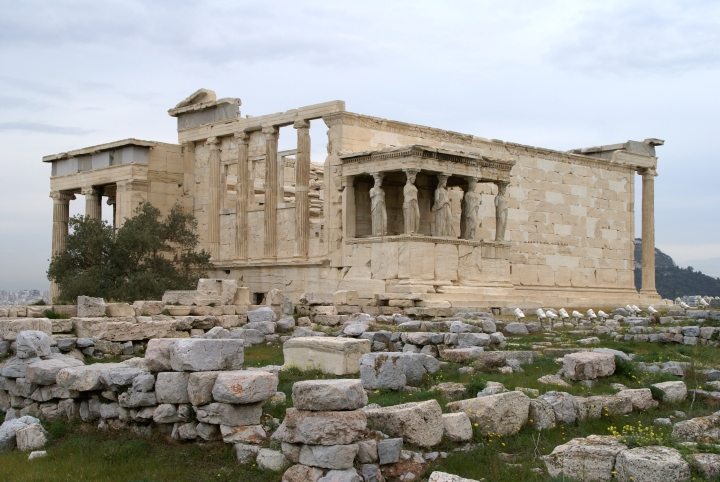
The Erechtheum, Athens, Greece (the Ionic Order)
Roman architects borrowed from the Greeks but were careful to develop their own unique techniques and resources. The Romans created a lightweight mixture that could be molded into a shape when wet, and which would harden into a solid structure when dry. This revolutionary building material—concrete—allowed Romans to build temples, public buildings, apartment complexes, palaces, and virtually all of a city’s necessary buildings. Roman architecture became more complex than previous Mediterranean structures, including flairs like domes for beauty and practical elements like concrete walls around cities and military bases. They also developed a system of aqueducts, supported over long distances by arches, which were a more mathematically-sound shape for weight-bearing.
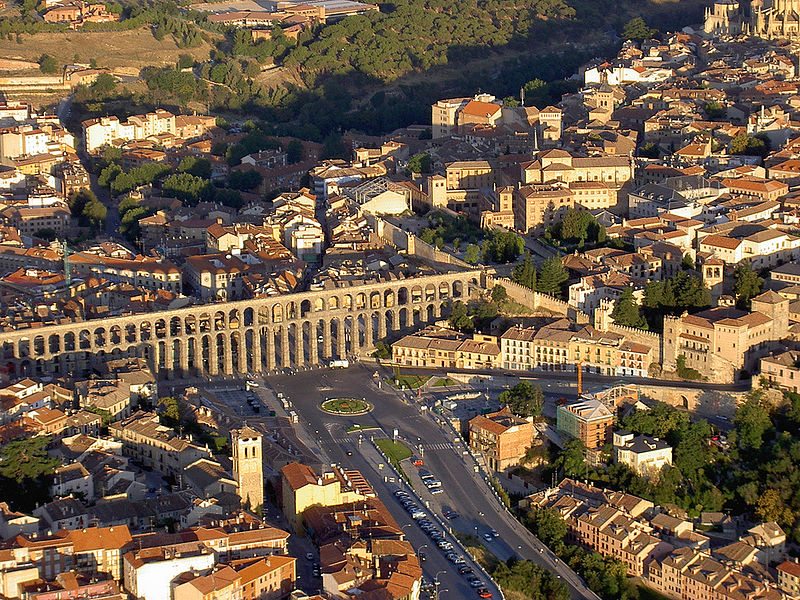
Aqueduct of Segovia, Spain
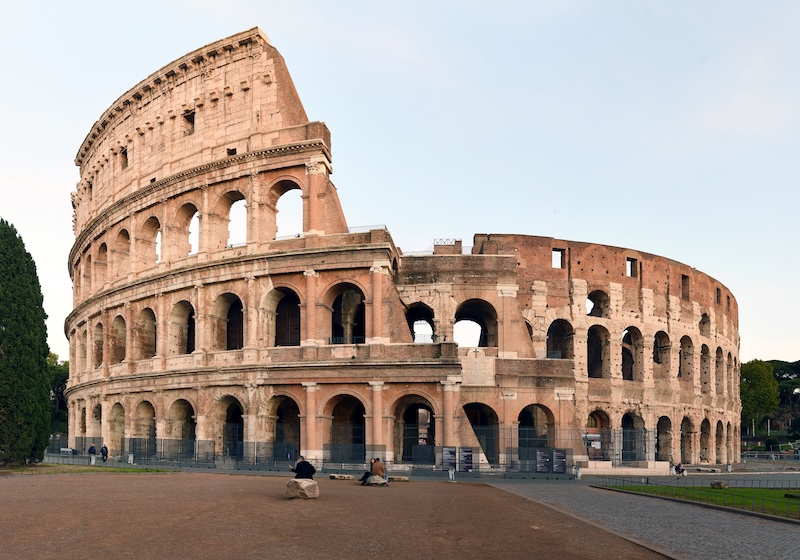
The Colosseum, Rome, Italy
Recommended books
“Mediterranean Architecture: A Sourcebook of Architectural Elements” by Jock Sewall
“A Global History of Architecture” by Mark M. Jarzombek
Share with friends

